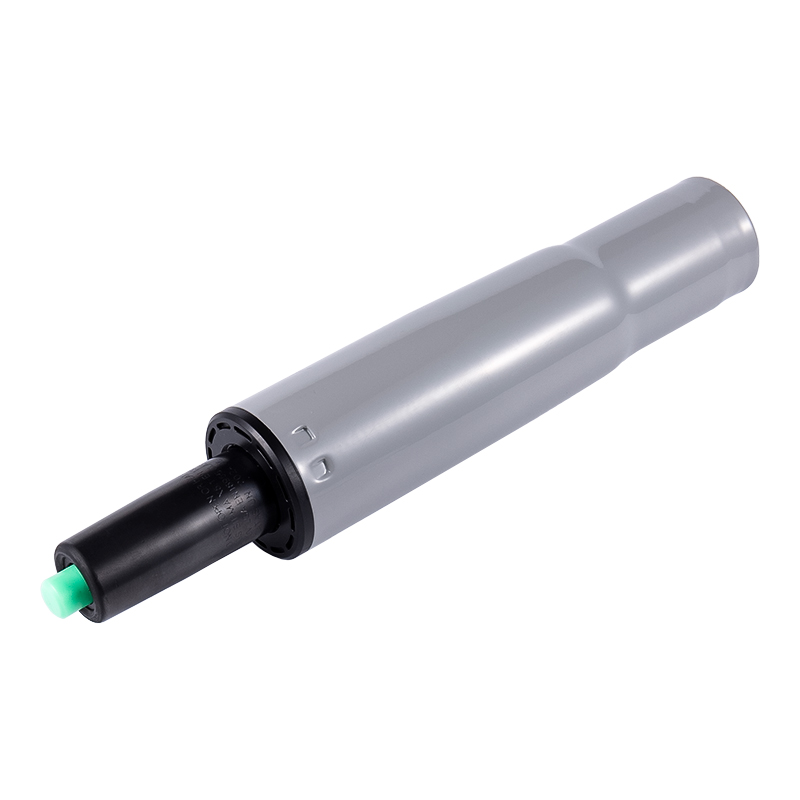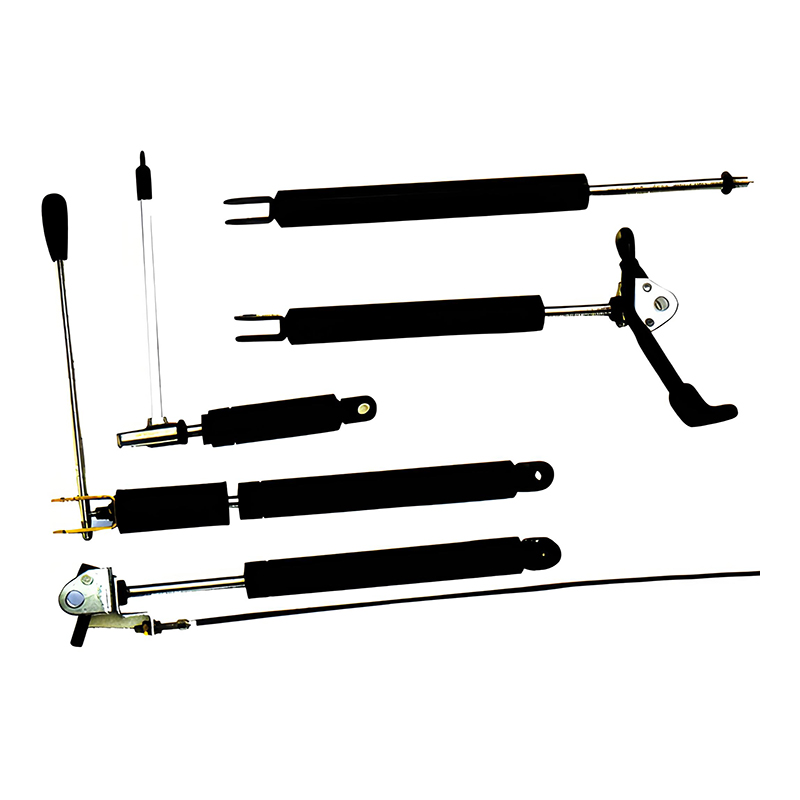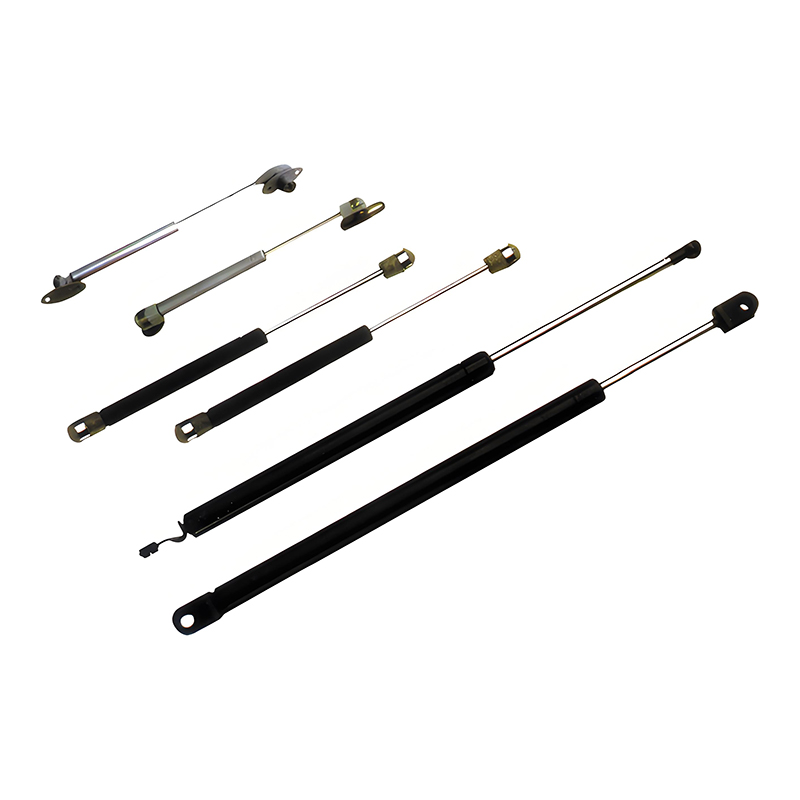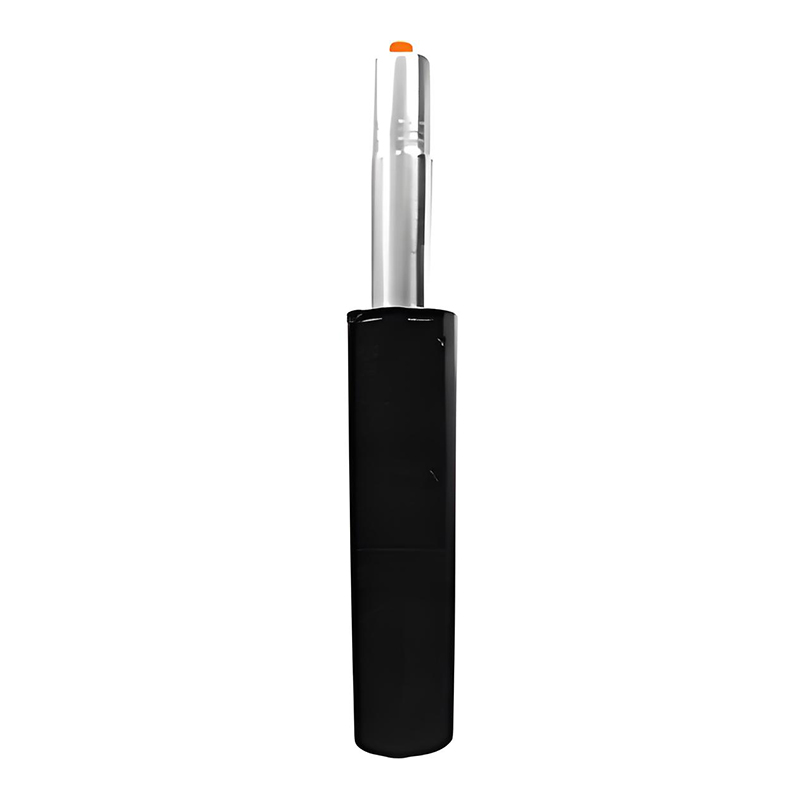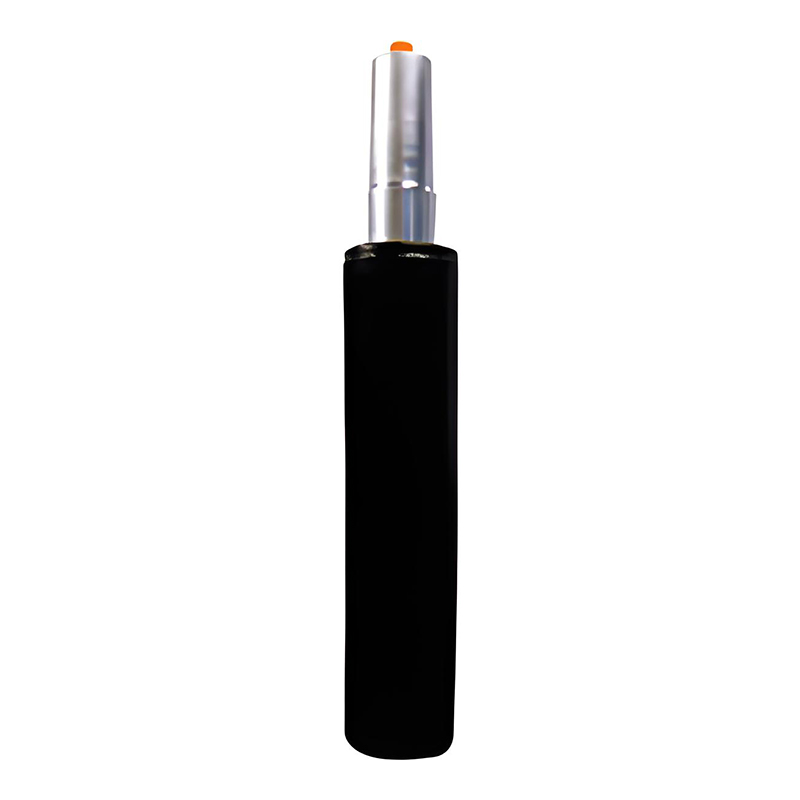1. Introduction
1.1 What is a Gas Lift Cylinder and Its Function in an Office Chair?
A Office Chair Gas Lift Cylinder is a critical component in most modern office chairs that allows for smooth height adjustment. It consists of a piston inside a sealed cylinder filled with pressurized nitrogen gas. When you operate the chair's lever, the gas compresses or expands, enabling the seat to move up or down effortlessly. This mechanism ensures that users can adjust the chair to their ideal ergonomic position, promoting comfort and proper posture during prolonged sitting.
1.2 Why is it Important to Have a Functioning Gas Lift Cylinder?
A properly functioning gas lift cylinder is essential for both comfort and safety. If the cylinder is worn out, leaking, or malfunctioning, the chair may sink unexpectedly or fail to maintain the desired height. This can lead to poor posture, discomfort, and in some cases, minor injuries. Maintaining a working gas lift cylinder ensures that your office chair remains a supportive, reliable, and safe seating solution for daily use.
2. Understanding Gas Lift Cylinders
2.1 How Gas Lift Cylinders Work
Gas lift cylinders rely on the compression and release of nitrogen gas to adjust the height of an office chair smoothly. The main components include:
Cylinder: A sealed tube that contains the pressurized gas.
Piston: Moves inside the cylinder when the seat lever is operated.
Nitrogen Gas: Provides the force needed to lift or lower the chair.
When you pull the chair lever, the piston opens a valve inside the cylinder, allowing the gas to expand or compress. This controlled movement raises or lowers the seat while maintaining stability. The pressure of the gas directly affects the smoothness and ease of height adjustment.
2.2 Types of Gas Lift Cylinders
Gas lift cylinders vary based on size, weight capacity, and industry standards:
Classification by Size: Cylinders differ in stroke length (the distance the chair can travel up and down) and overall height. Choosing the correct size ensures proper seat height and comfort.
Weight Capacity: Cylinders are rated for specific weight ranges to guarantee safety and durability. Using a cylinder with insufficient capacity can cause premature failure.
Standards and Certifications: Many cylinders comply with industry standards such as BIFMA (Business and Institutional Furniture Manufacturers Association) to ensure quality, safety, and reliability.
3. Troubleshooting Common Issues
3.1 Chair Sinking or Not Staying Up
One of the most common problems with office chairs is the seat gradually sinking or failing to hold its height.
Causes of Cylinder Failure:
Wear and Tear: Over time, the internal seals of the cylinder can degrade, reducing its ability to maintain pressure.
Gas Leakage: A puncture or micro-crack in the cylinder can allow nitrogen gas to escape, resulting in insufficient lift.
How to Diagnose:
Sit on the chair and adjust the height. If it slowly sinks without any additional weight applied, the gas lift cylinder is likely the issue.
Remove the cylinder (if possible) and check for visible damage, oil leakage, or rust.
3.2 Stuck or Difficult Height Adjustment
Sometimes, the chair lever moves but the seat does not respond, or the movement feels stiff.
Potential Causes:
Dirt, dust, or debris inside the cylinder or around the piston.
Internal damage, such as bent components or worn seals.
Troubleshooting Steps:
Clean the cylinder and surrounding areas thoroughly.
Apply a small amount of lubricant to the piston if movement is stiff.
If the problem persists, the cylinder may need replacement.
3.3 Squeaking or Noisy Cylinder
A squeaky chair can be annoying and is often a warning sign of underlying issues.
Causes and Simple Fixes:
Dry or Dirty Piston: Lubricate with a silicone-based spray or light oil.
Loose Components: Tighten screws and bolts connecting the cylinder to the chair base and seat.
Worn Cylinder: If lubrication does not resolve the noise, internal damage may require replacing the cylinder.
4. Replacing a Gas Lift Cylinder
4.1 Tools You'll Need
Before starting, gather the following tools to ensure a safe and efficient replacement process:
Hammer or rubber mallet
Pipe wrench or adjustable wrench
Penetrating oil (for loosening stuck parts)
Gloves (to protect your hands)
Safety glasses (optional, for added protection)
4.2 Step-by-Step Removal Guide
Replacing a gas lift cylinder requires careful handling to avoid damage or injury.
Remove the Chair Base:
Flip the chair upside down.
Pull off the base and wheels gently.
Detach the Old Cylinder:
Apply penetrating oil around the cylinder if it’s stuck.
Use a pipe wrench to grip the cylinder.
Tap lightly with a hammer or mallet to loosen it from the chair mechanism.
Tips for Stubborn Cylinders:
Apply more penetrating oil and let it sit for a few minutes.
Try rocking the cylinder gently back and forth while pulling it out.
Avoid excessive force to prevent damage to the chair frame.
4.3 Installing the New Cylinder
Insert the New Cylinder:
Place the new cylinder into the chair mechanism or base socket.
Ensure it is seated evenly and fully inserted.
Reattach the Base and Wheels:
Slide the chair base back onto the cylinder.
Reinstall the wheels securely.
Check Functionality:
Sit on the chair and test the height adjustment.
Ensure smooth movement and proper alignment.
5. Choosing the Right Replacement Cylinder
5.1 Measuring Your Old Cylinder
Accurate measurements are essential to ensure the new cylinder fits properly and functions correctly.
Importance of Accurate Measurements:
Incorrect cylinder length or diameter can result in improper seat height or instability.
Matching the original specifications ensures smooth operation and safety.
How to Measure Correctly:
Length: Measure the cylinder from the base (where it connects to the chair mechanism) to the top of the piston fully compressed.
Diameter: Measure the widest part of the cylinder body.
Stroke Length (Optional): Measure how far the piston moves up and down.
5.2 Considering Weight Capacity
The cylinder must support the user’s weight to function safely and last longer.
Matching the Cylinder to User Weight:
Check the weight rating of the replacement cylinder.
Choose a cylinder rated slightly above the expected maximum weight for durability.
Consequences of Using an Under-Rated Cylinder:
Premature wear and tear
Seat sinking or failure
Potential safety hazards
5.3 Checking Compatibility
Not all cylinders fit every chair model, so compatibility is key.
Ensuring Fit:
Verify that the cylinder diameter, length, and attachment type match your chair.
Confirm that the stroke length accommodates the desired height range.
Where to Find Compatibility Information:
Chair manufacturer’s specifications or user manual
Product listings or labels on replacement cylinders
Online forums or furniture retailers
6. Maintenance Tips
6.1 Extending the Life of Your Cylinder
Proper care can significantly prolong the lifespan of your gas lift cylinder.
Avoid Sudden Drops or Excessive Weight:
Do not forcefully sit down from a high position.
Avoid exceeding the cylinder’s rated weight capacity, which can cause internal damage.
Regular Cleaning and Lubrication:
Wipe the piston and surrounding areas regularly to remove dust and debris.
Apply a silicone-based lubricant periodically to maintain smooth movement and reduce squeaking.
6.2 When to Consider Professional Help
Some issues may require professional attention to ensure safety and proper function.
Signs You Need a Professional:
The chair sinks continuously despite a new cylinder.
Severe wobbling or instability occurs after installation.
Persistent noise or resistance that cannot be fixed with cleaning and lubrication.
7. Additional Tips and Safety Precautions
7.1 General Safety Tips
Always wear gloves and safety glasses when removing or installing a cylinder.
Avoid using excessive force to prevent damage to the chair or injury.
Ensure the chair is on a stable surface during maintenance or replacement.
7.2 Maximizing Comfort and Performance
Adjust the chair height gradually rather than in large jumps to reduce stress on the cylinder.
Pair height adjustments with proper ergonomic setup: monitor height, armrests, and lumbar support.
Rotate usage between different chairs (if available) to distribute wear and tear.
7.3 Storage and Spare Cylinders
Keep spare cylinders in a dry, clean area to prevent rust or damage.
Label cylinders with size and weight capacity for easy future replacement.
7.4 When to Upgrade
Consider upgrading to higher-quality or heavy-duty cylinders for frequent users or heavier loads.
Premium cylinders may offer smoother adjustments, longer lifespan, and compliance with stricter safety standards.
